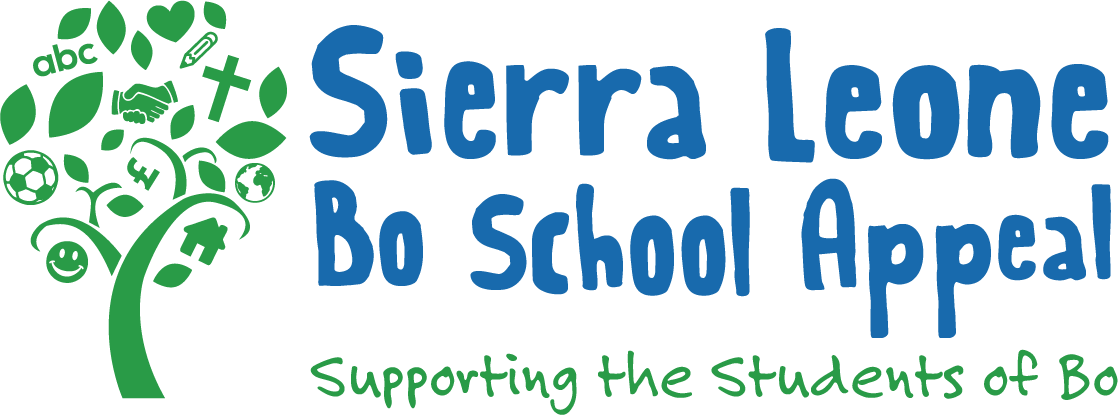The modern State of Sierra Leone can trace its origin to the abolition of slavery more than 200 years ago.
The year 2005 was the 200th anniversary of the Abolition of Slavery Act. This anniversary was on all the media and much debated. In 1805 of course it was ground-breaking as an act which seemed destined never to come to the statute book in the face of fierce opposition from wealthy plantation owners in the Caribbean, whose livelihoods appeared to depend on the slave trade and who had huge political influence. Despite such opposition, it finally made it to the statute books thanks to the untiring efforts of the anti-slavery campaign led by William Wilberforce.
One of the outcomes of the new Act was the creation of the state of Sierra Leone, formed with the specific purpose of providing a home for freed slaves as close as possible to their country of origin. Many of the tiny colonies carved out of West Africa – Liberia, Guinea & Guinea Bissau, and of course Sierra Leone, were all formed at different times to take the freed slaves as different countries finally pushed through their own abolition acts – Liberia for the ex-slaves from the Southern states of the USA, Guinea for Britain then France. These colonies expanded in size as the population grew and became prosperous under colonial rule. By the end of the twentieth century independence came to all of them.
Sierra Leone gained Independence in 1961, Harold Wilson was Prime Minister at the time and the Duke of Kent represented Queen Elizabeth at the Independence Day Celebrations. Democracy proved hard to establish in most African ex-colonies especially where colonial borders had been drawn across tribal boundaries. In Sierra Leone there are three distinct ethnic groups each with its own language. This population structure encouraged the Liberian inspired insurrection in the north east of the country when Charles Taylor’s rebels, the Revolutionary United Front (RUF) and the Small Boys Unit (SBU), or boy soldiers, tried to overthrow the government and gain control of the diamond mines, a major source of revenue for the country.
The SBU was a group of children, girls and boys who were forcibly recruited by the RUF which had its base in Liberia. In 1998, 25% of the soldiers fighting in the war were under 18, of those, 50% were abducted and 28% were under the age of 12. Sierra Leone was thrown into a 10 year long war of unrivalled brutality which devastated the country. The rebels made it their campaign to root out and kill or maim, particularly, the young adult males in a bid to devastate the rest of the population. A scorched earth campaign of destruction left both land and population terribly damaged and disabled. It was the SAS who, in 2002 with the blessing of Tony Blair’s government, finally put an end to the war by taking out the insurgent’s camp which was in the process of razing Freetown, the country’s capital, to the ground.
When Sierra Leone came to our attention, just three years after the end of the war, it was the second poorest country on earth on the United Nations development index. Liberia, where the RUF started, was the poorest. In 2010, children in Sierra Leone were still barely existing in a precarious situation, with an estimated 250,000 refugees and 600,000 internally displaced people.
Freetown and the Western area of Sierra Leone have for historical and political reasons always been favoured and it is no different today. There have been two government elections since the war and a road built through Sierra Leone has helped transport and reduced travelling time between the capital Freetown and the Provinces.
In 2014 when the economy and peoples optimism were beginning to slowly grow Ebola entered Sierra Leone from neighbouring Guinea. The government imposed quarantine restrictions to try to stem the spread of Ebola and, as part of the drive to prevent people gathering together, all schools were closed in June 2014. During quarantine periods no one was allowed to travel and people were reluctant to go to hospital especially with any form of fever. As a result, many people died from common illnesses and there was an increased rise in women dying in childbirth. By January 2015 over 10,000 cases had been reported with 3,029 deaths. Sadly, for the rest of the country, most of the Aid was concentrated on Freetown, near the only airport and the harbour.
In March 2016 the World Health Organisation said the Ebola outbreak had subsided however due to ‘virus persistence’ in Ebola survivors they would not declare it Ebola free until a mass vaccination programme had been carried out. To put this in perspective the WHO has also reported that although Nigeria had carried out a mass vaccination programme against Polio and had no cases for 30 years they would not declare it Polio free. The Foreign and Commonwealth Office relaxed its advice in March 2016 no longer advising against all but essential travel to Sierra Leone.
All the schools have now reopened and the population are working to sow seed and recover from the effects of quarantine when they were unable to harvest or tend their crops. Most families grow their own food and starvation has caused great hardship. The economy, which was already in difficult times before the epidemic, has been badly hit. Before Ebola employment was at 9%, recent records indicate it has fallen below that.
International observers, charities and the like, consider it will take Sierra Leone four to five years to recover from this latest devastating epidemic. That recovery will still leave an unacceptable number of dispossessed and helpless people living on the fringes without adequate basic living, nutrition or health provision.
